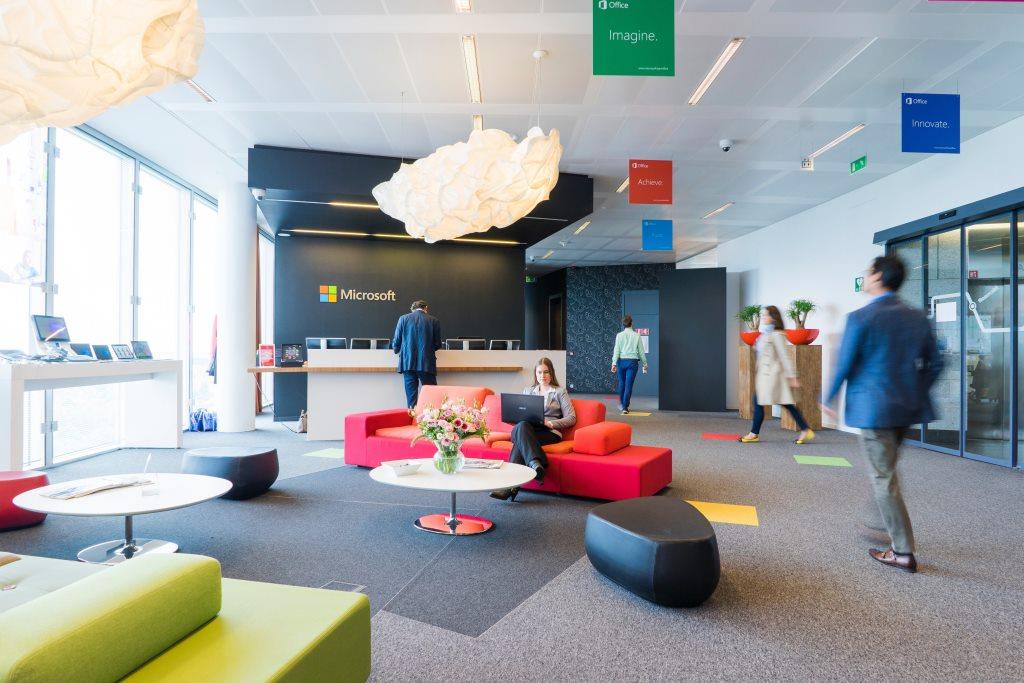
Office signage is essentially functional décor. It conveys information about the company behind it and also helps to attract customers. In fact, it may even help to attract employees. Here are three points you should consider when transforming your workplace with office signage.
What areas need signage?
You’re generally going to need at least two signs on your premises. You’ll want one outside so people can identify your building and you’ll also want one inside the building itself. The interior sign is partly a confirmation that a person is in the right place which is particularly important in shared buildings. It’s also partly to reconfirm your brand identity and to provide a welcome.
Depending on your location and the size and nature of your building, you may want additional signage. For example, if your building is hard to find, you may want multiple external signs. Similarly, if your building is hard to navigate, you might want multiple internal signs. You can also use internal signs to create zones within larger spaces. This can make them a lot more manageable.
What practicalities do you need to cover?
The places you want to put your signs will be determine your practical considerations. For example, all signs will need to be sized to fit their intended location. Outdoor signs will need to be able to stand up to the weather. You might also need to think about people bumping into them. Indoor signs will need to be visible in strong lighting and you’ll definitely need to think about people bumping into them.
If you want to use digital and/or lit signs then you’re going to need to arrange for some kind of power source. For smaller signs, a battery pack might do. For larger ones, you’ll probably need a mains socket. You’re also going to need to decide if the sign needs to be lit 24/7 or only part of the time (for example in the hours of darkness). If the latter, you’re going to need to think about how to switch it on and off.
You’ll also need to be aware of what laws you need to follow. As a rule of thumb, all signs will need to comply with the Equality Act 2010. This basically means that you need to think of people with visual impairments when you create them. Outdoor signs will typically need to follow local authority rules. These can vary greatly depending on the type of area where you’re located.
What image do you want to present?

If you start with a clear vision for your office signage, you can make all decisions with that vision in mind. While it may sound clichéd, think about how you’d describe your brand and how you’d like other people to describe it. Then see where that leads you in terms of colour and style.
In general, the most astute approach to choosing colours for brand signs is to start with neutrals. Then add pops of colour to evoke a certain response. Sticking mainly to neutrals gives your office signage longevity. Using pops of colour adds interest.
You don’t have to stick to this rule. Some very strong brands totally ignore it. Virgin is probably the most obvious example of this. If, however, you are going to break this rule, you should do it with a clear purpose in mind. It’s also advisable to get as much feedback as you can before you commit.
After this, your main decision will be what content needs to go on your office signage. This will inform the decision about what elements of your office signage need to go where. As a rule, less is more with office signage. In other words, minimize your text (and pictures) but make them highly visible.
Malcom Judson
Latest posts by Malcom Judson (see all)
- Can Business Signage Really Help Improve Sales? - April 26, 2024
- How your store layout can affect sales - September 29, 2023
- What to consider when transforming your workplace with office signage - October 3, 2021














